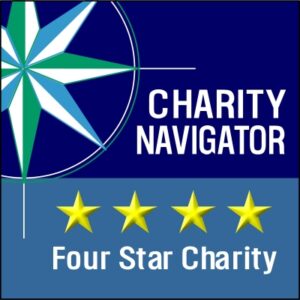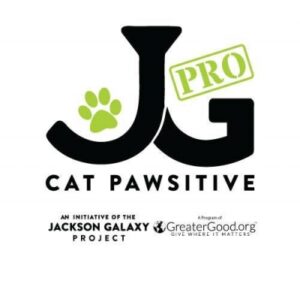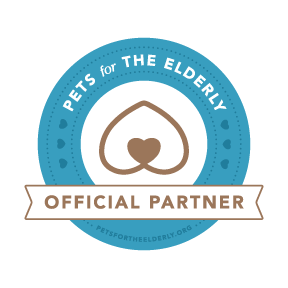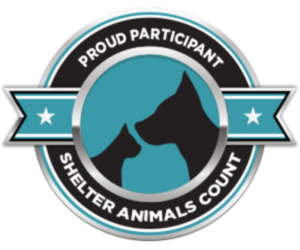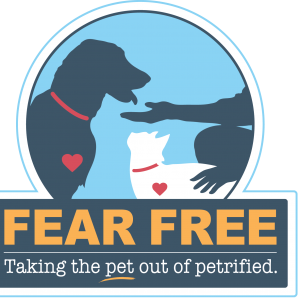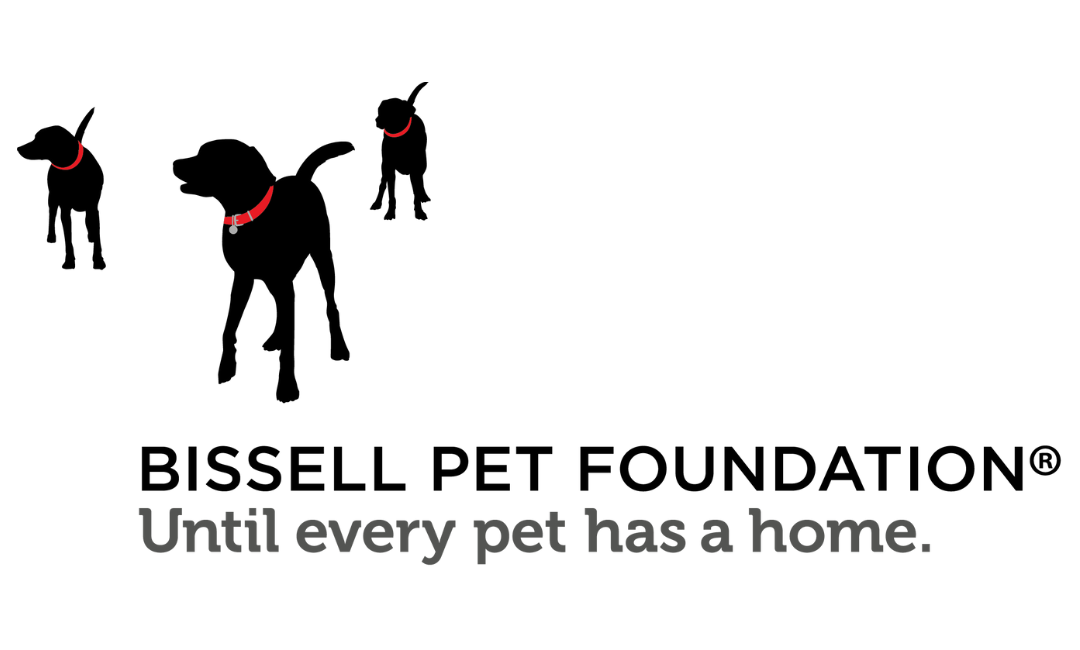On August 20th, a majestic Great Horned Owl was brought to HARP’s Wildlife Rehabilitation Center after being struck by a car. The owl’s left eye sustained significant injuries, putting its survival in the wild at risk. But with the quick action of a Pennsylvania Game Commission Conservation Officer and the expertise of our wildlife vet, Dr. Bakken, a plan was put into motion to try and save the injured eye.
For three weeks, this incredible bird received intensive care and treatment. Against the odds, its eye made an impressive recovery! Medication has now been discontinued, and the owl is preparing for the next step in its journey—release conditioning. Before it’s returned to the wild, we need to ensure that this owl can still hunt effectively. We’ll be watching closely to see if it can strike its prey with accuracy on the first attempt.
But the eye injury wasn’t the only challenge this owl faced. Upon arrival, it was also battling an infestation of blood-sucking parasites called hippoboscoides, which can transmit diseases like West Nile Virus. Thanks to prompt treatment, the owl is now parasite-free and recovering well!
Did you know that Great Horned Owls are found across the Americas, from Alaska all the way down to Brazil? They are fierce predators with a powerful grip and an even stronger bite force—around 500 psi, which is 12.5 times stronger than a human’s! These nocturnal hunters rely on excellent night vision, and while their eyes can’t move in their sockets, they can swivel their heads a full 180 degrees to spot prey in the dark.
We’re hopeful this owl will soon return to the skies where it belongs. Stay tuned for updates on its release, and let’s celebrate this powerful bird’s resilience and recovery!

